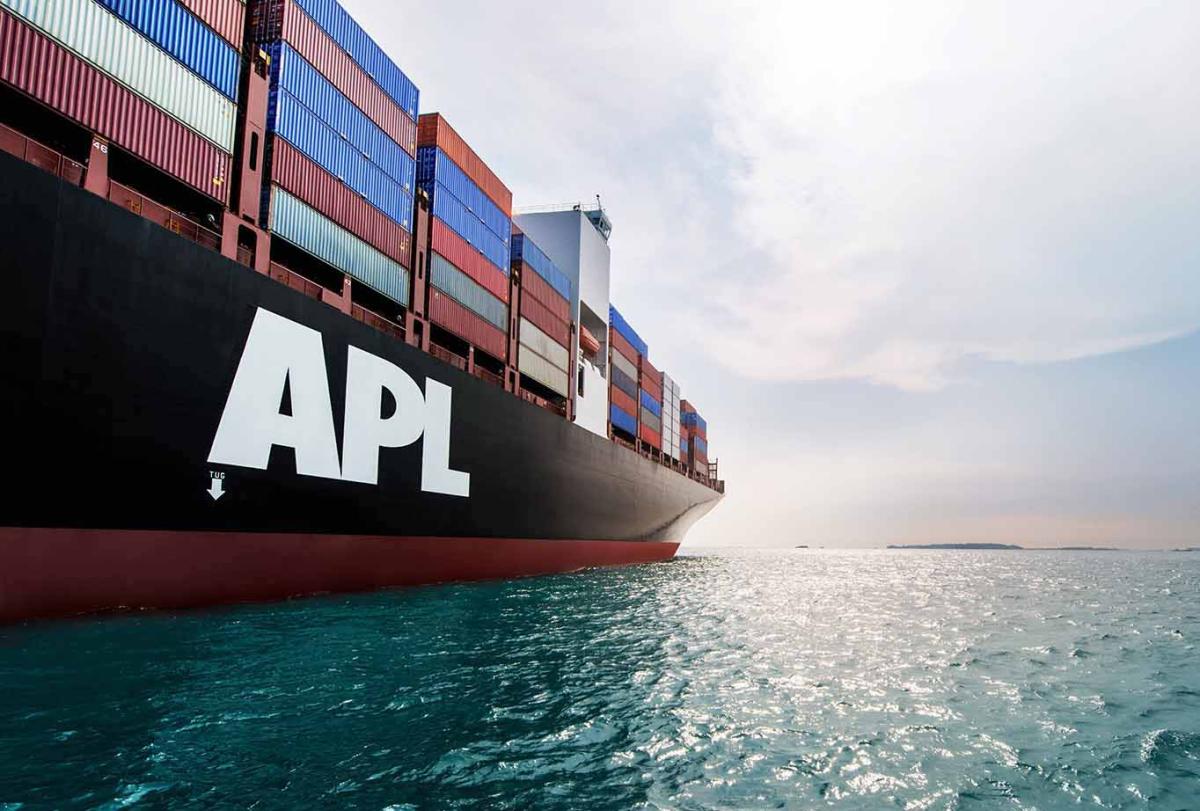Most Navy officers have limited exposure to their civilian counterparts or life on board merchant vessels, although a small portion attended a maritime academy at the state or federal level. Most could benefit from some insight on dry-cargo merchant ships in commercial trade. (My only “tanker time” was as division officer on the USS Sacramento [AOE-1].)
Manning. Cargo ships have three departments: deck, engine and steward. Deck Department comprises one master, one chief mate (C/M), one second mate (2/M), one or two third mates (3/Ms), a bosun, and five able-bodied seamen (ABs). Bridge watch consists of one watch mate with an AB. Watch rotation is four hours on and eight hours off. Collateral duties are handled off watch. The bosun and some ABs are day workers but may shift to watches depending on company rules and contracts.
For a motor (diesel) ship, the Engine Department comprises one chief engineer, one 1st assistant engineer (1 A/E), one 2nd Assistant Engineer (2 A/E), one 3rd Assistant Engineer (3 A/E), and three unlicensed engineers. Depending on company and contract, all three may be “qualified members of engine department” (QMEDs) or two QMEDs with one entry-level rating—either a deck engine utility (DEU) or wiper. The vast majority of motor ships run unattended (unmanned) at night, so their ability to make speed changes outside of emergencies is limited. A ship with a steam/power plant would add at least one 3 A/E and three watchstanding junior engineers, giving those ships more flexibility for speed changes.
Steward Department is the smallest. The steward/baker is the department head and is assisted by the chief cook and assistant cook/utility.
Cadets (midshipmen) sometimes augment a crew. When they do, one for Deck Department and one for Engine is standard.
Qualifications. The license you hold is not the position you sail. The third mate may be a recent graduate on a first ship, a newly licensed hawsepiper (mustang), or someone with 30-plus years of licensed experience. In 2012, I took a relief 3/M job on a ship. All four licensed deck officers (LDOs) had master’s licenses and had sailed as at least chief mate on that class of ship. Even though I had graduated nearly 25 years prior, I was the youngest and least experienced LDO! The same holds true for the other departments. Some “unlicensed” personnel do hold licenses, although this is much less common than it was ten years ago.
Ages vary between 18 (cadets or entry-level ratings) to mid-80s. At one time, I sailed with an engineer who had gone to sea at age 14 during World War II. He was too young to join the military, so he joined the Merchant Marine. He was 64 when I sailed with him. During the Gulf War, I sailed with three other World War II vets, all of whom had very interesting stories about sailing in Atlantic convoys.
Schedule. Other than drydocking every five years for vessels less than 30 years old, the vessel stays in port only long enough to work cargo, make necessary repairs, or have required inspections. As the old saying has it: “If you aren’t moving cargo, you aren’t making money.” Berth times for my current ship range from 8 to 13 hours. For some busy ports, you may anchor offshore or drift awaiting berth. Larger ships stay in port longer since they have more cargo to move.
Interacting with merchant vessels. Merchant closest-point-of-approach (CPA) distances are normally closer than naval ones. Two or three miles is normal for open ocean, while coastwise one mile is typical. I will allow closer CPAs when I am assisting a bridge watch due to traffic density or arriving and departing port. Fishing vessels in Asia come with a different set of rules.
When merchant ships approach the pilot station, expect them to slow down. For pilot boarding, we also conduct an astern propulsion test prior before the pilot boards. We turn on extra deck lights to assist the crew on deck and also to indicate vessel size.
Navigation lighting on most Navy ships make them appear smaller, thanks to the close spacing of masthead lights. This makes it more difficult for a merchant ship to tell when a Navy ship is changing course, or how large a course change it is making. Sadly, some ships do appear to operate under the misguided premise of the “law of gross tonnage”—the custom that when a ship has the right-of-way under the International Regulations for Preventing Collisions at Sea, it nevertheless should yield to a substantially larger vessel.
If I contact any vessel on VHF, it is because I am concerned with the traffic situation and want to clarify intentions. The automatic information system combined with VHF radio is the best tool available to mitigate a close-quarters situation. If we call you, please answer the radio. Twice in a twelve-month period I have attempted—without success—to contact U.S. warships regarding crossing or meeting situations. This used to be the standard: U.S. Navy ships answered vessels who called on VHF. Some even initiated VHF contact at times.
Note: For a relevant article from a retired surface warfare captain, see: https://www.usni.org/magazines/proceedings/2017/november/charting-course-what-merchant-mariners-see-you



